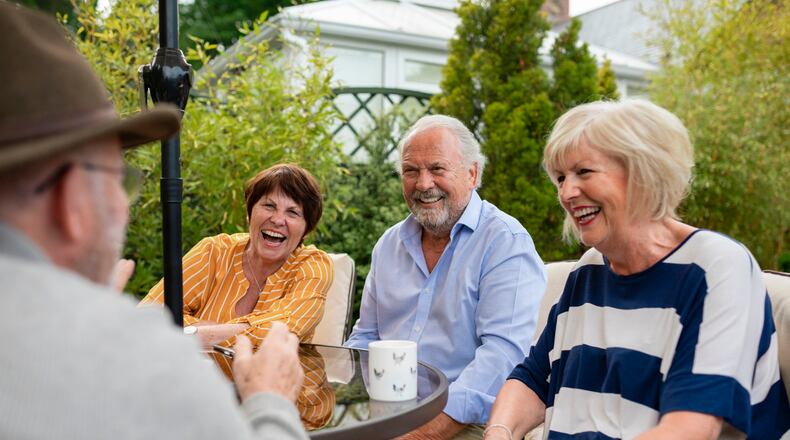Despite the attraction of online connections and relationship building via devices, all is not lost; you can still build community connections through shared interests if you make community building a priority.
What is a community?
Dictionaries describe community as a “unified body of individuals, or people with common interests living in a particular area.” This means that a community can describe the people you live around, but it can also include those who share your interests but who do not live right next door. What’s more, by incorporating a focus on diversity and inclusion, you can even connect with those who might be differently-minded than you in a variety of ways through other mutual interests.
Communities provide an immense sense of belonging, which is essential for overall well-being and proper mental health. In fact, a Cigna study discovered that 61% of individuals who feel a strong sense of belonging (like they do as part of a community) have excellent mental health.
Here are ideas for building successful and healthy community connections:
Define the purpose
Strong, lasting, and supportive communities have a sense of purpose in common. This means that each member of the community will understand the bigger picture involved and the role they play in reaching that goal. Everyday contributions significantly impact the community as a whole, so it’s important to consider your purpose and role in a community at the beginning.
This also means forming an identity, meaning that other potential community members align with a mutual purpose or the goal you all share. Begin with a small group of around ten people, and then set the tone for the community that you want to build.
Build connection and trust
It was once said that “people won’t care what you know until they know that you care.” This can be just as true when you are in the early phases of building a community as well. You have to build connections through trust. Do this by inviting others to gatherings surrounding mutual interests. Get feedback on what types of events, activities and more the group would like to participate in regularly.
Make sure that connections are made between various members of the community, which cannot necessarily be forced but can be encouraged. A good example of this type of connection building could include meeting up for coffee or a walk, or even a lecture or study on a topic that is interesting to the group.
Meet in person
Speaking of meeting up, while it’s okay to use social media, email or texting to set up plans for your community interactions and to keep up with each member’s lives, it’s important to actually meet up in-person at least sometimes. Countless studies have proven that in-person relationships and interactions are better than online versions. In fact, some studies have even proven that in-person contact can reduce the incidence of mental illness and protect against PTSD and depression symptoms.
You may see good response
While reaching out to others who have shared interests or passions might seem intimidating, you will likely find a good response from most people. We, as humans, are created to need others, like family units or tribes, and communities fit into this natural mold. Therefore, create your community, and step away from the comfort of digital interaction and build a true, in-person community that will support you and encourage you through all your life experiences.
About the Author
